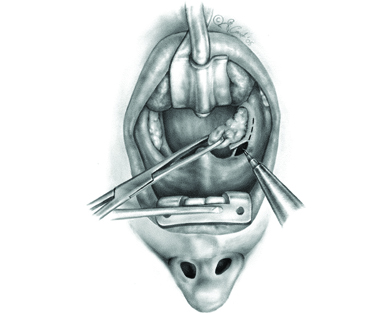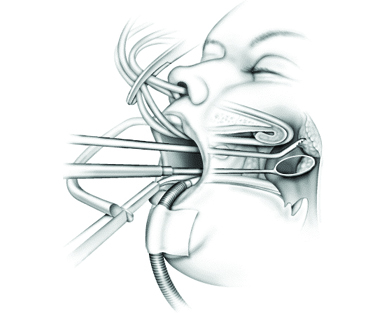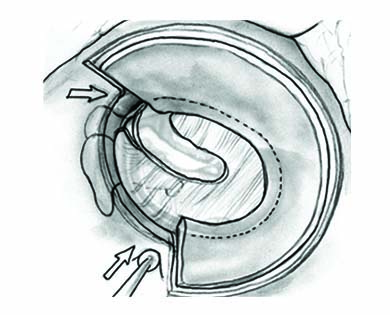Dr. Mustafa Kapadia is a highly skilled and internationally renowned ENT doctor in Dubai. With over 12 years of clinical experience, he is the best ENT doctor in Dubai. He is well-trained and possesses strong know-how in this field. He seeks special interest in Ear and Sinus diseases and is a prominent board-certified ENT surgeon in Dubai. He has affiliations with most of the key professional organizations in Otorhinolaryngology in India and the UAE. His areas of expertise are Endoscopic Ear and Sinus Surgeries. He performs many of his ear surgeries entirely through the ear canal using an endoscope, avoiding any external visible incision or scar.
Dr. Mustafa Kapadia currently holds an Executive Board Member position in the International Working Group on Endoscopic Ear Surgery (IWGEES). Dr. Kapadia has been involved in research with numerous medical publications, a textbook chapter, and presentations at national and international meetings. Most of his research is focused on endoscopic ear surgery and eustachian tuboplasty.

His approach towards solving problems is quite methodical. When it comes to solving the most difficult clinical issues, he is an extremely diligent professional. He ensures that his facilities and methods are always well-equipped and up-to-date on the latest advancements in the domain. Not to mention, he is compassionate, caring and devotes ample time to listen to his patients and understanding their needs.
He always puts his patients first and strives to provide them with the best possible care. He is always available for consultation and is happy to answer any questions his patients may have. Apart from this, he is also well-versed in a wide range of ENT procedures, both emergency and elective.
Overall, he is dedicated and committed to providing innovative and ethical care for his Ear and Sinus patients. So, if you are looking for an Best ENT doctor in Dubai, Dr. Mustafa Kapadia can be your ideal option.
WordPress reviews plugin by Endorsal
Ear drum is a membranous oval shaped structure which separates external ear from the middle ear. It is a vital part of healthy hearing, and it vibrates when struck by the sound waves. These sound vibrations are then conducted via three ear bones (ear ossicles) to the cochlea (inner ear). From inner ear sound is travelled via hearing nerve to the brain…. readmore
Ear drum is a membranous oval shaped structure which separates external ear from the middle ear. It is a vital part of healthy hearing, and it vibrates when struck by the sound waves. These sound vibrations are then conducted via three ear bones (ear ossicles) to the cochlea (inner ear). From inner ear sound is travelled via hearing nerve to the brain…. readmore

The surgical procedure to remove both the palatine tonsils, two oval-shaped lymphoid tissue masses at the back of the throat, is known as a tonsillectomy.

Adenoidectomy is a surgical operation to remove hypertrophied or enlarged adenoids. This procedure is most commonly done in children.

A myringotomy is a surgical operation in which a small incision is taken on the eardrum, and hollow tubes called grommets are surgically placed into the eardrum. Typically, grommets are made up of plastic or silicone.

Septoplasty surgery is used to repair a deviated nasal septum. The nasal septum is made up of bone and cartilage and separates the right and left sides of the nasal cavity.

Tympanoplasty is a surgical technique that involves repairing or reconstructing a perforated tympanic membrane (eardrum) with or without middle ear ossicles restoration.

FESS (Functional Endoscopic Sinus Surgery) is an endoscopic surgical treatment that improves sinus and nasal airflow by removing problematic tissues and bone from the paranasal sinus drainage pathways.

Stapedotomy is a surgical technique that involves replacing the middle ear’s innermost bone (stapes) with a prosthetic. This treatment is used to help otosclerotic individuals with increasing hearing loss caused by spongy bone hardening around the base of the stapes.

Thyroidectomy is a surgical process that involves the removal of all or part of the thyroid gland. A butterfly-shaped gland positioned at the bottom of the neck is a Thyroid in front of the trachea. Hormones that control every element of your metabolism, from heart rate to calorie-burn rate, are secreted by the thyroid gland.

Microlaryngoscopy is a surgical technique that exposes the vocal folds using a surgical device called a laryngoscope inserted via the mouth. The vocal folds are examined under a microscope in great detail.


